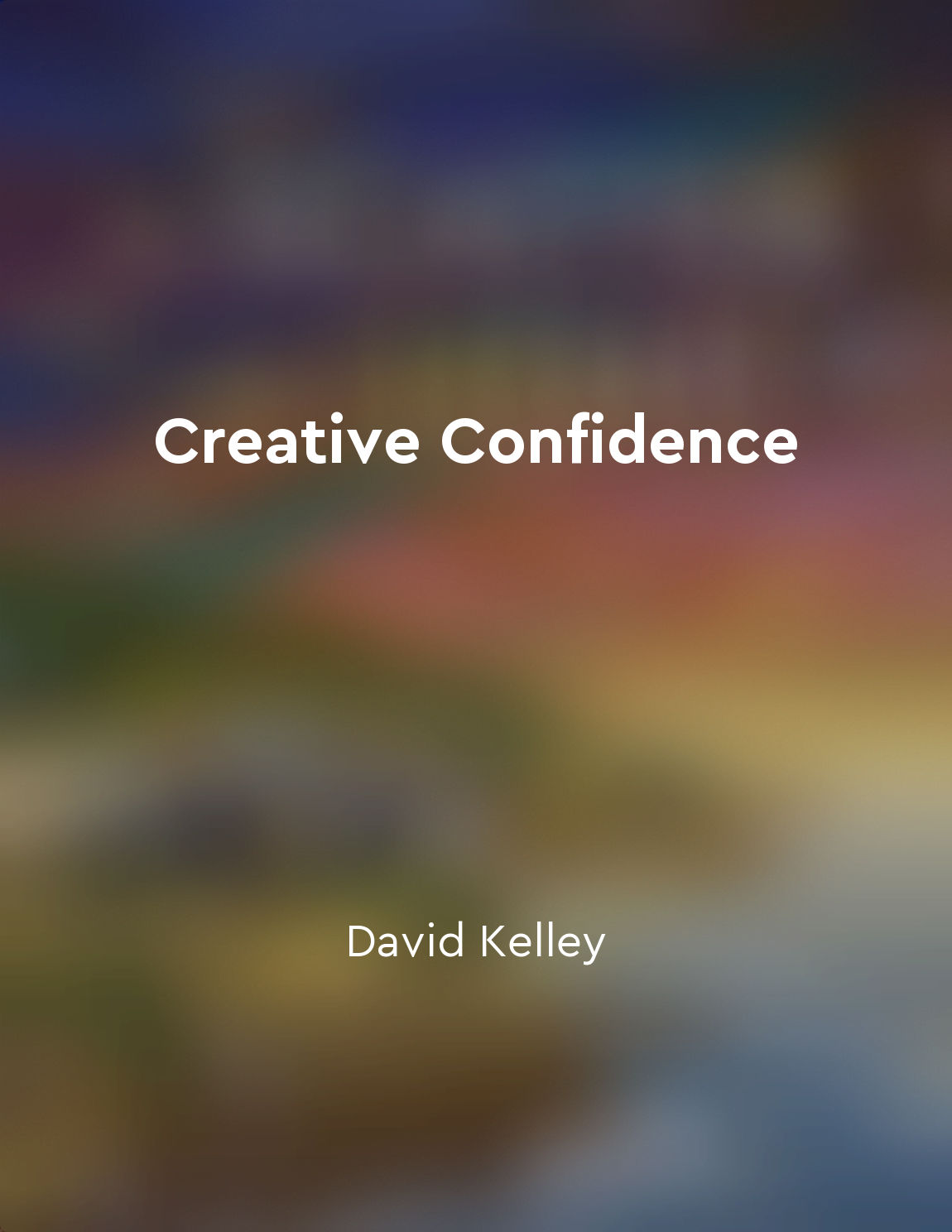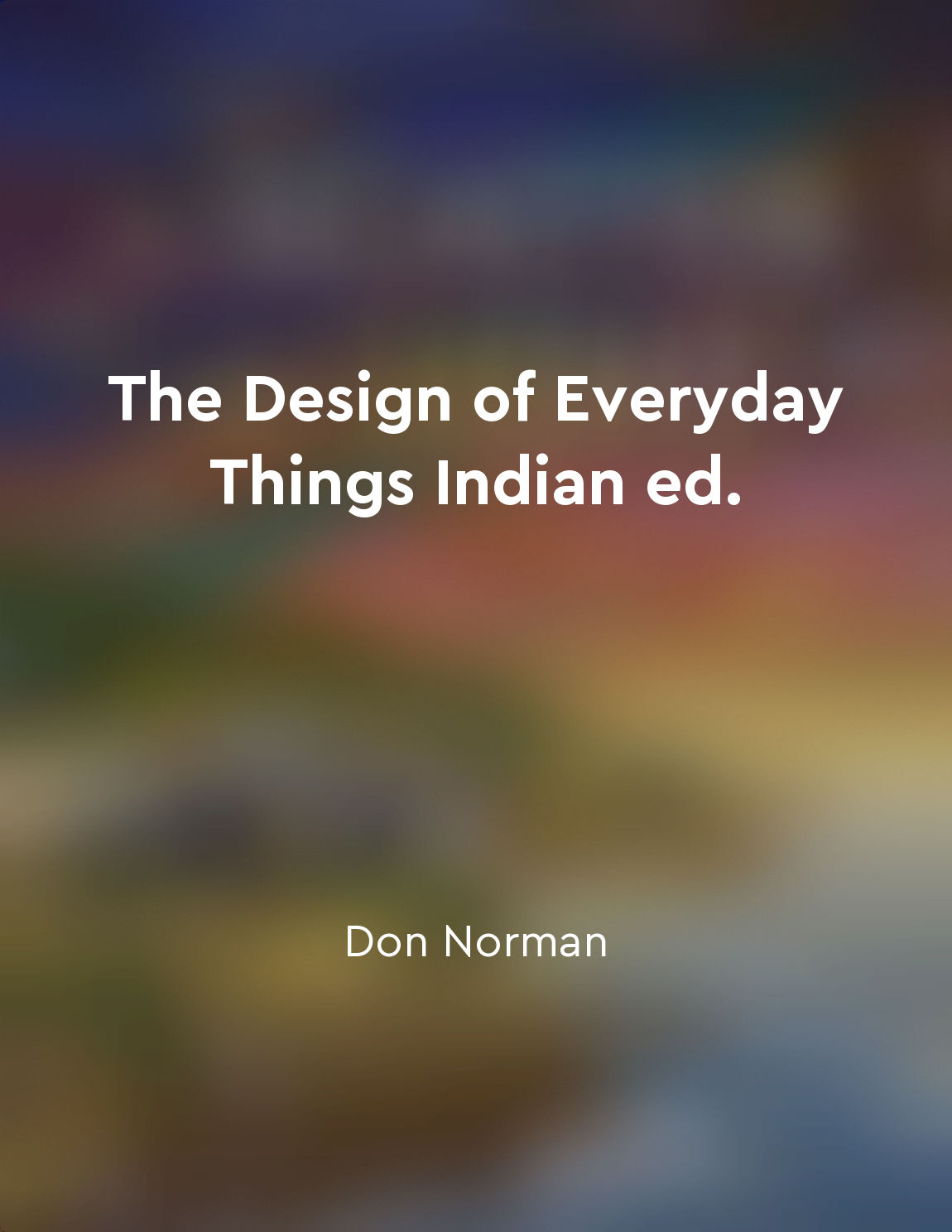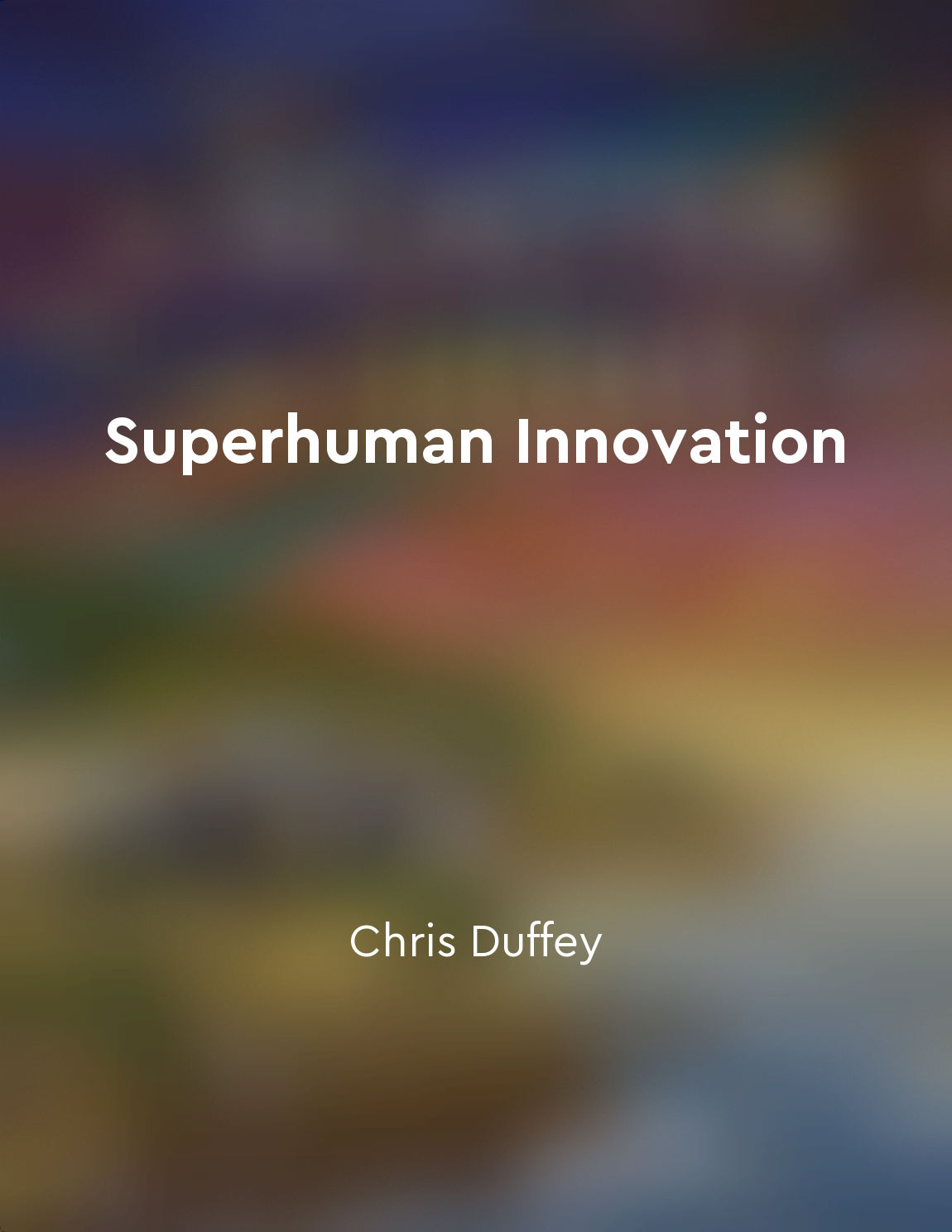Recognizing the role of emotions in design from "summary" of The Design of Everyday Things Indian ed. by Don Norman
Understanding the role of emotions in design is crucial for creating products that resonate with users on a deeper level. Emotions play a significant role in shaping our experiences and perceptions of a product, influencing our decisions and behaviors. Designers must consider the emotional impact of their creations to truly connect with users. Emotions can greatly influence how users interact with a product, affecting their overall satisfaction and loyalty. By recognizing the emotional aspects of design, designers can create products that not only meet functional needs but also evoke positive emotions in users. This emotional connection can foster a sense of attachment and loyalty, leading to a more satisfying user experience. Designing with emotions in mind involves understanding how users feel when interacting with a product and designing elements that elicit the desired emotional response. This can involve factors such as color, shape, texture, and overall aesthetics, all of...Similar Posts
The brain prefers simplicity in decisionmaking processes
When it comes to decision-making, the brain has a strong preference for simplicity. This is because our cognitive resources are...

Iterating on ideas refines creativity
The process of iterating on ideas is a crucial part of the creative journey. It is through this process that creativity is refi...
Aim to create a monopoly in your market
The most ambitious goal for any entrepreneur should be to build a monopoly. In a world of fierce competition and crowded market...

The concept of mapping to aid usability
Mapping is a critical concept in the design of everyday things. It involves the relationship between two things: the controls a...

Resilience is necessary for overcoming challenges
Resilience is the key to overcoming challenges. It is the ability to bounce back from setbacks, to adapt and grow stronger in t...
Selfcompassion nurtures creative confidence
Self-compassion nurtures creative confidence by providing a secure base from which to explore and take risks. When we treat our...
Customer journey maps help visualize the steps users take
Customer journey maps offer a clear way to represent the steps that users take when interacting with a product or service. By v...
Personal biases can skew decisionmaking
Our decisions are not always as rational as we might like to believe. In fact, personal biases can play a significant role in i...
Emotionally pleasing designs are memorable
Emotionally pleasing designs are memorable. When something pleases us, it captures our attention and stays in our minds, linger...

Stories that spread are stories that sell
The key to successful marketing lies in the power of storytelling. Consumers are not interested in facts and figures; they want...
